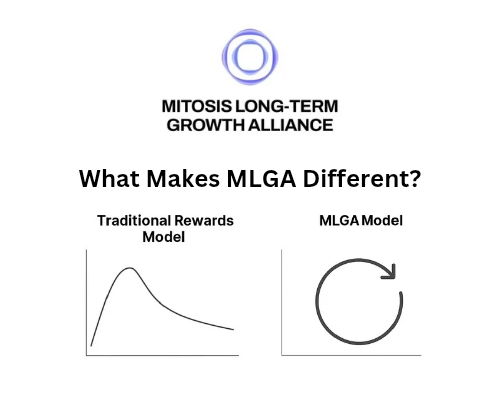How are Token created in crypto?
In the world of crypto, tokens are digital assets that run on existing blockchains. They can represent anything from a new cryptocurrency to a voting right in a project’s governance system. While creating a token may sound highly technical, the process follows a clear structure. Here’s how it works:
Choosing a Blockchain
The first step in creating a token is deciding where it will live. Instead of building a whole new blockchain from scratch, most projects launch their tokens on existing networks like Ethereum, BNB Chain, Polygon, or Solana. These blockchains provide the infrastructure, security, and tools to make token creation easier and more reliable.
For example, Ethereum supports ERC-20 tokens, which follow a standard set of rules. This makes them compatible with most wallets, exchanges, and decentralized applications (dApps) on Ethereum.
Writing a Smart Contract
A smart contract is the brain of the token. It’s a piece of code that defines:
- The token’s name and symbol
- The total supply (how many tokens will exist)
- Decimals (the smallest divisible unit)
- Rules for transferring tokens
- Any extra features like burning, minting, or staking rewards
The smart contract ensures that the token behaves the same way for everyone, without needing a central authority.
Deploying to the Blockchain
Once the smart contract is ready, it is deployed to the blockchain. This step requires paying a gas fee to record the contract permanently on the network.
After deployment, the blockchain gives the contract a unique address. From this point forward, the token and its rules are public and cannot be altered.
Distributing the Tokens
After creation, tokens need to reach users. This can happen through:
- Airdrops to reward early supporters
- Sales via ICOs (Initial Coin Offerings) or IDOs (Initial DEX Offerings)
- Liquidity pools on decentralized exchanges like Uniswap or PancakeSwap.
Rewards for participating in the project, such as staking, gaming, or completing tasks
The distribution method is a crucial part of tokenomics and can determine the project’s long-term success.
Verification and Listing
To build trust and usability, the token’s contract can be verified on blockchain explorers like Etherscan, allowing anyone to review the code.
From there, the token can be listed on decentralized exchanges (DEXs) or centralized exchanges (CEXs), enabling public trading.
In Conclusion...
Creating a token is technically simple—anyone with basic coding skills can do it. However, building a token with actual value requires more than just code. A successful token needs:
- A clear use case unless it's basically a memecoin which can be built off cult like following
- Sustainable tokenomics
- Strong security audits to avoid hacks
- An active community that supports and uses it
When done right, token creation can power ecosystems ranging from DeFi platforms to NFT marketplaces and gaming projects.

Comments ()